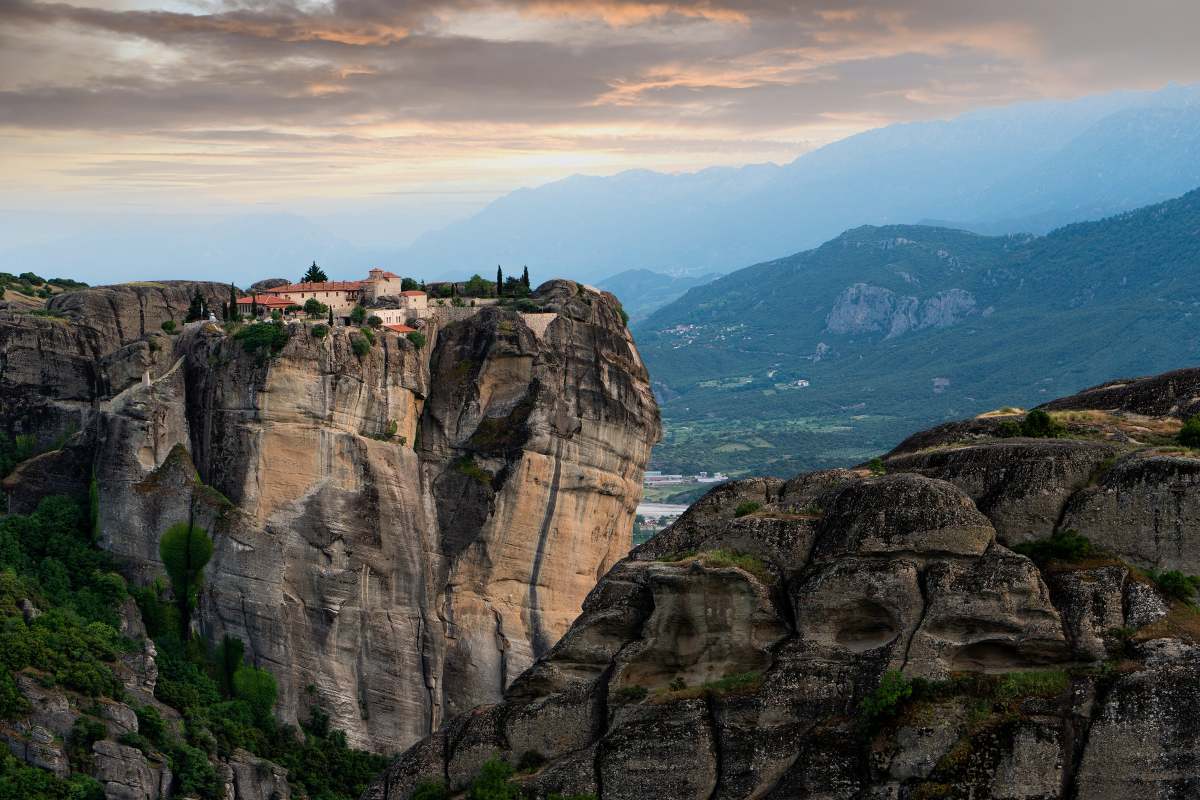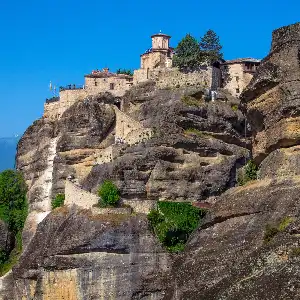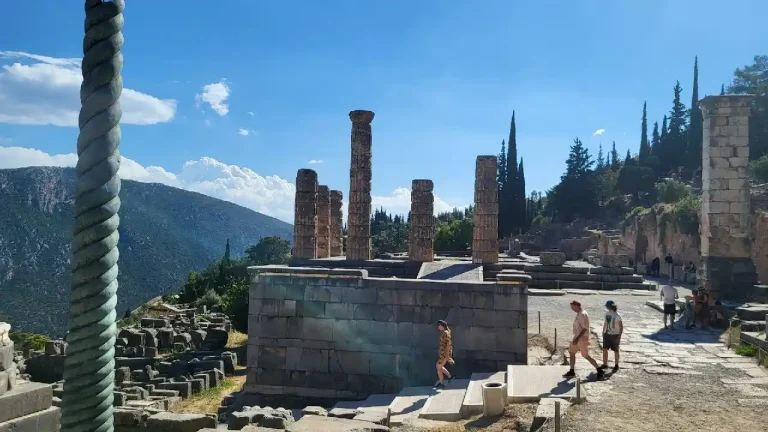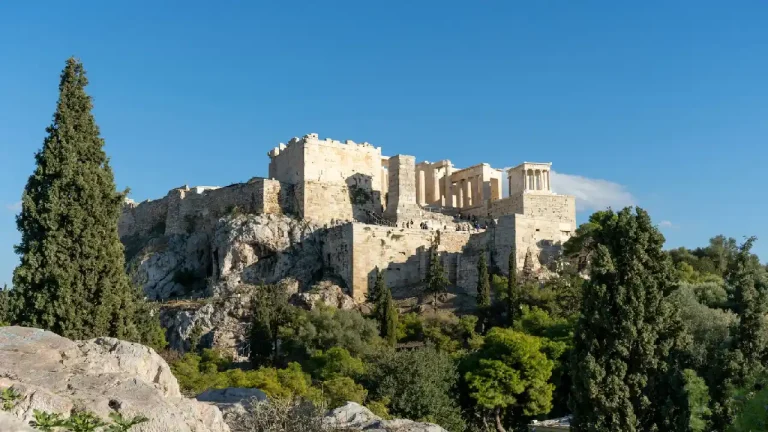Meteora Monasteries – The rocks that rise to the sky
The monasteries of Meteora in terms of their popularity among tourists and pilgrims, are inferior, perhaps, only to the monasteries of Mount Athos in northeastern Greece.
Impregnable and mysterious, completely cut off from the outside world, the peaks of the rocks of Meteora became the shelter of hermits and monks in the 11th century. And three centuries later, the first monastic communities arose here, the heyday of which falls on the 16th century.
Since its foundation, 24 monasteries have operated on the mountain, as well as many chapels, single cells and ascetics. Nowadays, only 6 monasteries are active and open to the public.
What are the monasteries of Meteora and what is special about them?
Meteora today is six active Orthodox monasteries located in the mountains of Thessaly in northern Greece. The rocks on which the monasteries are located are a truly rare and exceptional geological phenomenon. Stretching 600 meters upwards, they were formed more than 60 million years ago and were the rocky bottom of the prehistoric sea, located on the site of the Thessalian plain. As a result of the effects of water, wind and temperature changes, massive stone pillars appeared, as if hanging in the air, which were called Meteora. The very same word “Meteora” in translation from the Greek language means “floating in the air”.
History of Μonasteries
Meteora named after its founder, St. Athanasius of Meteora, a monk of the Saints meteora. It was he who in the XIV century compiled a set of rules for the organization and canons of behavior of the monastic community, similar to the basic organizational rules of the monasteries of Mount Athos.
Since then, many monks and nuns have settled on the sacred rock, who work there day and night. They pray for the salvation of mankind, fast, work and monitor the order of monasteries. In general, there is clearly enough work.
The main cathedral of the monastery is rightfully the Transfiguration Church – an exemplary indicator of the Byzantine temple with a twelve-sided dome. In the temple there is a large number of valuable icons of the XIV-XVI centuries, and in the former refectory there is a museum of monastic jewels.
Also, do not forget to look into the Museum of Applied Arts, where you will find a large collection of woven church vestments and various objects of folk art.
In addition, going to Meteora, be prepared for a tiring climb along the serpentine road and the hot climate of Greece. But, believe me, it’s worth the effort!
By the way, all six open monasteries of Meteora were reconstructed, and in 1989 they were included by UNESCO in the list of world cultural heritage monuments.








